At one special medical foster home in China, orphaned and abandoned children from all over China with severe medical needs, health conditions and special needs receive such amazing care, they blossom right before their caregivers’ eyes.
Peace House is not an actual house, but rather a small apartment on the 26th floor of an otherwise unremarkable 31-story brick building in sprawling Beijing. But inside, the space is anything but unremarkable — it’s a miraculous, life-changing place every day. A place where the contributions of kind and generous donors make a world of difference to the children — often babies younger than 2 — who spend weeks or months here.
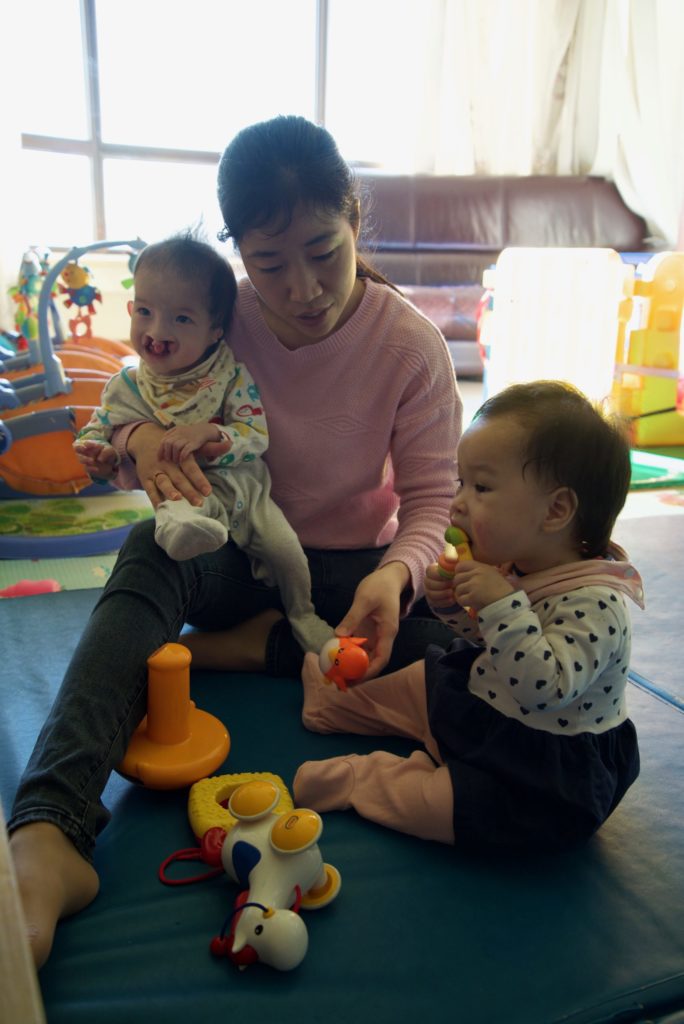
“The thing that most stands out to me about Peace House,” says Jessica Zeeb, Holt’s China waiting child coordinator, “is that the name really describes the environment. When you walk in, you get a sense of peace. It’s calm. The nannies aren’t standing, working on lots of tasks. They are on the floor with the children.”
It’s a rare and beautiful blue-sky day — cold and dry, and free of the usual smog, and from the main windows, a view of towering buildings expands far beyond where the eye can see.
There are five babies at Peace House today, each under 2 years old, and four nannies. All five children — two boys and three girls — are sitting on the living room floor, which is lined with cushy mats and toys and blanketed in sunlight from a big picture window.
Three additional children returned to their orphanages this week, and Peace House staff is preparing for three new babies to arrive.
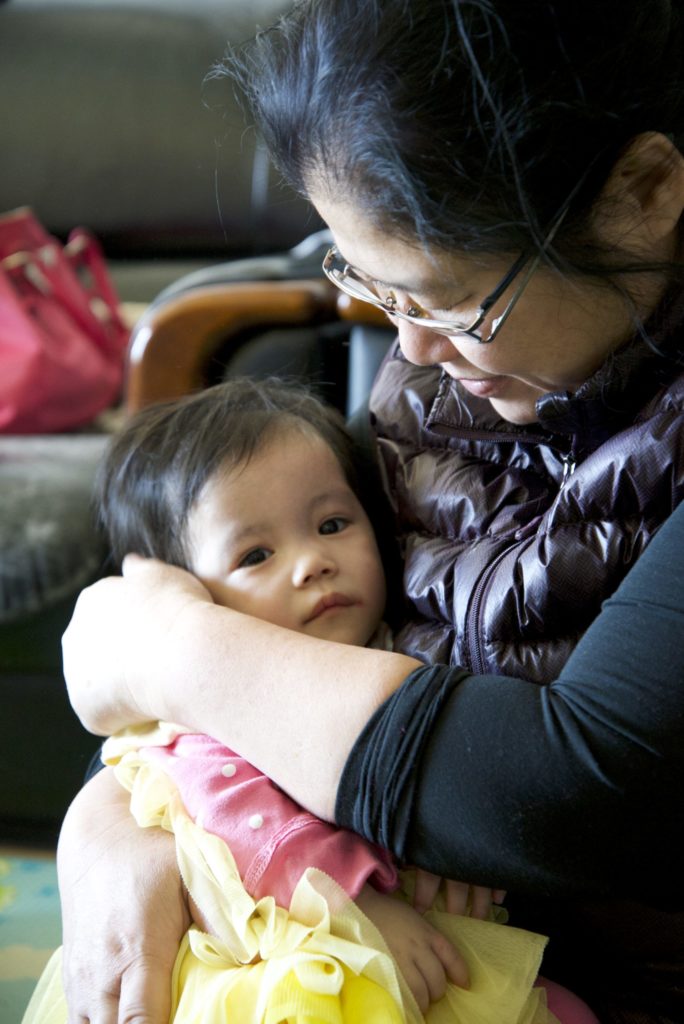
Jian Chen, Holt’s vice president of China programs, is a no-nonsense kind of woman. She can make rooms of men stand at attention and hang on her every instruction. It’s her hardworking and tough exterior that has made her successful in transforming sponsors and donor’s generosity into lifesaving services to thousands of children in China each year. But, as soon as she plops down on the thick, matted floor of Peace House, tiny Liu crawls to her immediately, a little yellow tutu bouncing playfully over thick, cotton leggings with her movements. And, the tough exterior is gone as Jian scoops Liu into a cheerful snuggle and quick game of peek-a-boo.
“We take children who no one thinks have any value, children who are sick or suffering, and nurse them back to health.”
Peace House caregiver
“This is the place where children receive the best care,” a Peace House caregiver says. “We take children who no one thinks have any value, children who are sick or suffering, and nurse them back to health.”
Liu is 19 months old, and has already been at Peace House for six months — nearly three times the average length of time that a child typically stays.
Liu was born premature, and when she arrived at Peace House she had rickets and could barely eat because her throat wasn’t fully developed. She was tiny and couldn’t hold her head up yet.
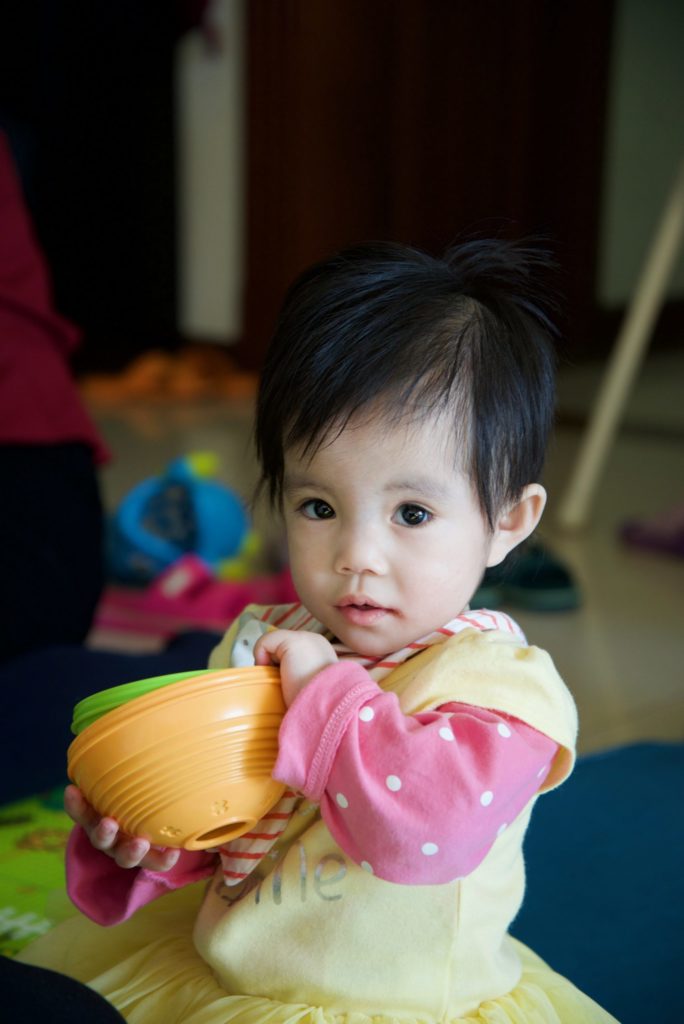
Staff at her government orphanage assumed she had developmental delays because she wasn’t hitting normal growth milestones and didn’t seem to be developing any muscle mass.
Peace House staff began nurturing Liu with one-on-one care and paying special attention to her food intake. Within a few weeks, the director of Peace House, a 35-year-old woman named Sandy, says that little Liu’s personality began to show. She gained weight, held her own head up and even started to crawl. Little Liu clearly loves human contact. She likes to be held and snuggled, and she has a great appetite.
Liu hasn’t learned to speak yet, but she is beginning to babble. Peace House staff is certain that she doesn’t have any special needs, besides that she was born severely premature, abandoned shortly afterward and failed to receive the early care she deserved.
In May, Liu will travel home with her family to the U.S., which is the goal for all children who stay here.
Sandy says that Liu is like many of the children who come to Peace House.
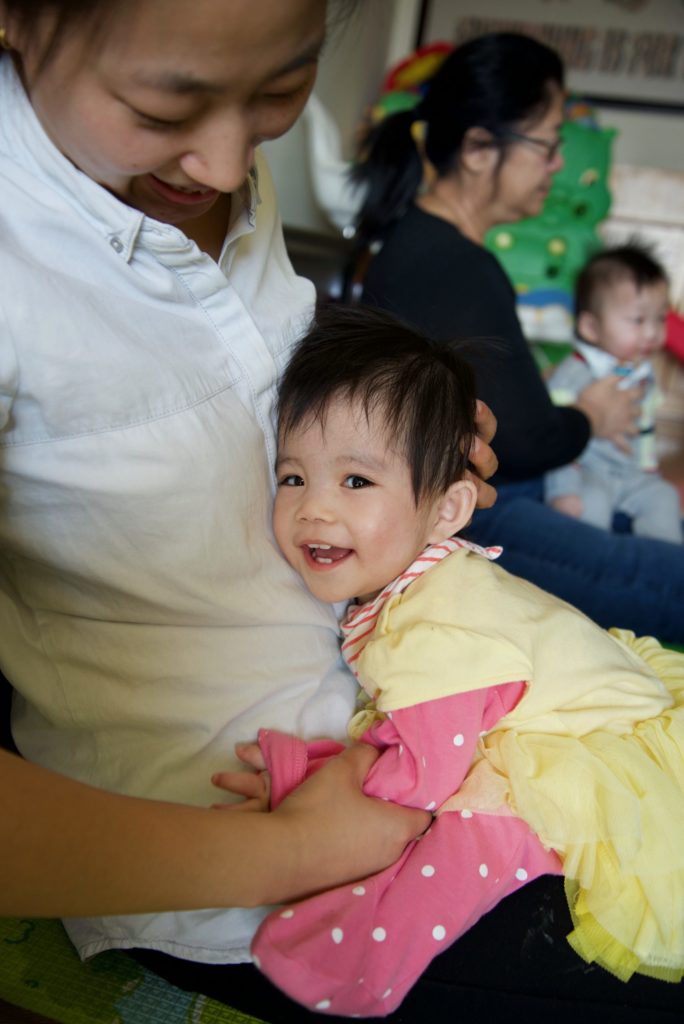
“When children arrive, they are very vulnerable and very sick,” she says. “But after a few months, they blossom.”
The most common conditions among children who stay at Peace House are cleft lip and palate, congenital heart defects, spina bifida, Clubfoot, brain or nerve needs and hydrocephalus.
“When children arrive, they are very vulnerable and very sick. But after a few months, they blossom.”
Sandy, director of Peace House
Thanks to long-standing partnerships with many of the top hospitals in Beijing, children receive incredible medical care.
In China, healthcare is not free. Like U.S. families, Chinese families buy health insurance and fear high healthcare costs.
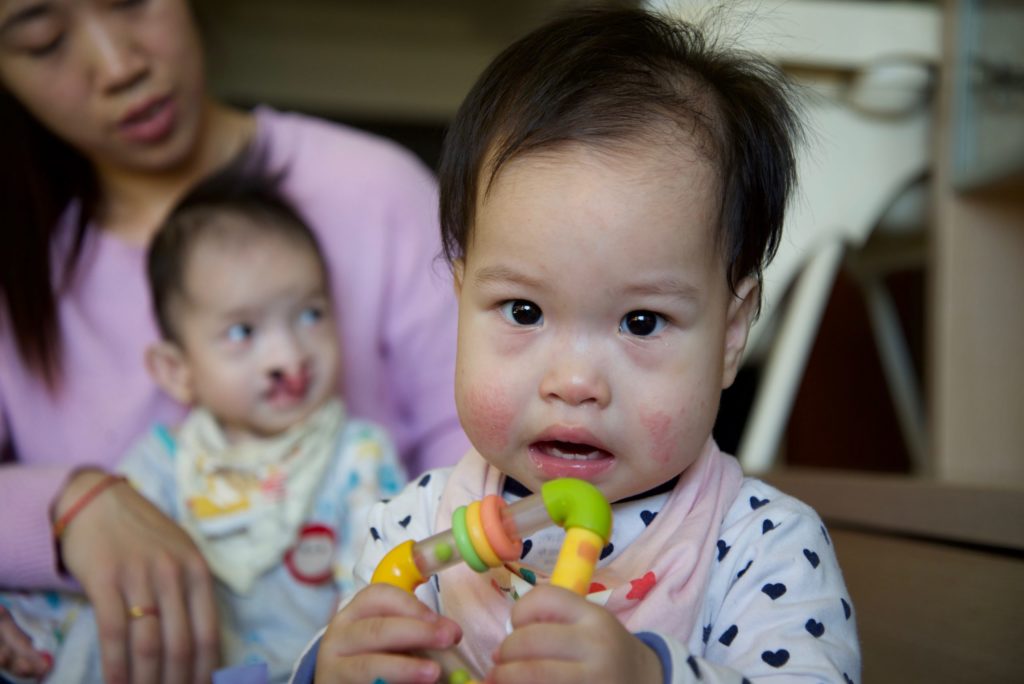
In China, orphanages receive a stipend from the government per child in care, but there are no standards for how that money must be spent. There are few standards about how much a child needs to eat, how many children one caregiver can care for at a time or how much time a child needs to be actively held or played with in a day. Orphanages in major cities, like the capital, Beijing, receive more money per child than rural orphanages. Some orphanages use the money to provide quality medical care to the children, but others do not — or simply cannot afford to spend that money on medical care costs, regardless of how much a child may need surgery, medications or specialized nutrition. There is no formal punishment system if an orphanage is found to provide less-than-quality care.
Sandy says that “in the orphanage, if a child has Clubfoot, he will crawl into the hospital, and he will crawl out with a big cut,” meaning that even when children in orphanage care do receive the surgery they need, they don’t always receive the proper care afterwards, and they may never heal.
“Sometimes, it’s heartbreaking,” Sandy says. “We do a surgery, like a cleft lip and palate, then the child will go back to their orphanage and they come back in six months for the second surgery and they’ve gotten worse. That’s why we try to hurry and match the child with a family right away or keep the child longer. We do whatever we can do.”
And that’s why Peace House is so important.
Compassionate and heroic donors ensure that children receive the medical care they need, but also the loving, attentive care before and after their surgery — the kind of care that will help them live a regular life and eventually thrive in a family of their own.
Xiao is a tiny one-and-a-half-year-old girl with a floppy ponytail sticking up from the top of her head. Xiao had cleft lip surgery three days ago, but her lip is so well healed already, with stitches only visible inside her lip. Her top lip was a bit swollen, but you could barely see the seam where a cleft had once been.
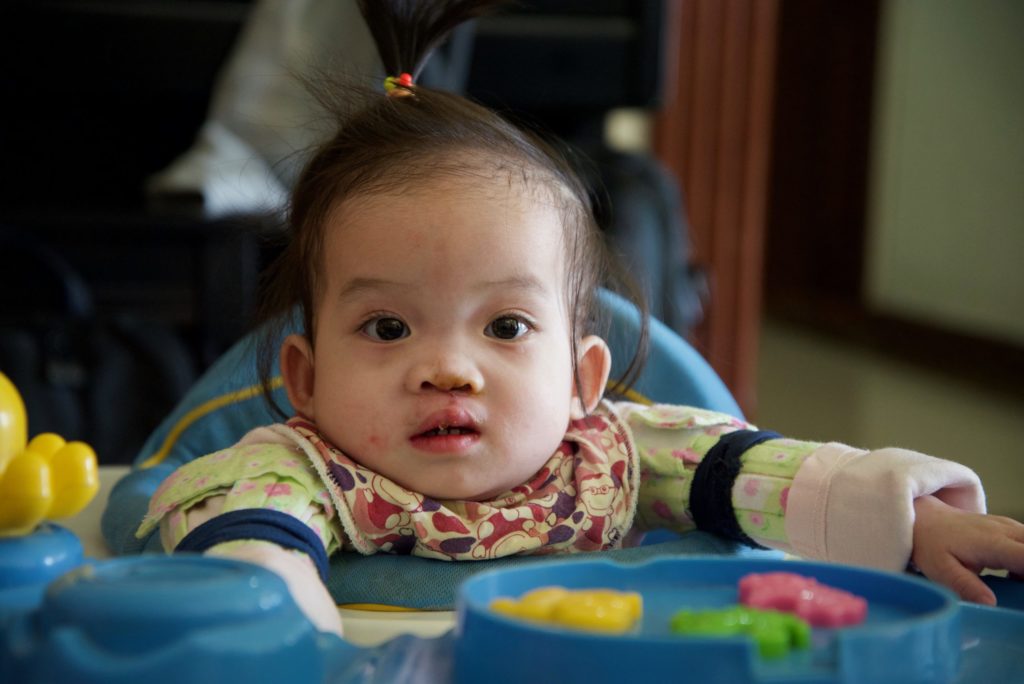
Here, children receive the highest quality medical care available in Beijing from the number one surgeon in the country — a doctor who retired last year, but continues to operate on children from Peace House.
Jian says this type of care is expensive, but worth it.
“This will affect the rest of their lives,” Sandy says of the children like Xiao who receive cleft lip and palate repairs. “In the villages, you’ll see kids with giant scars on their lips because no one cares how they look afterwards. Or, they don’t receive good care in the orphanage after surgery, and they don’t heal for a long, long time. They might bleed for even six months. But, this is an important surgery. Children should get the best surgeon.”
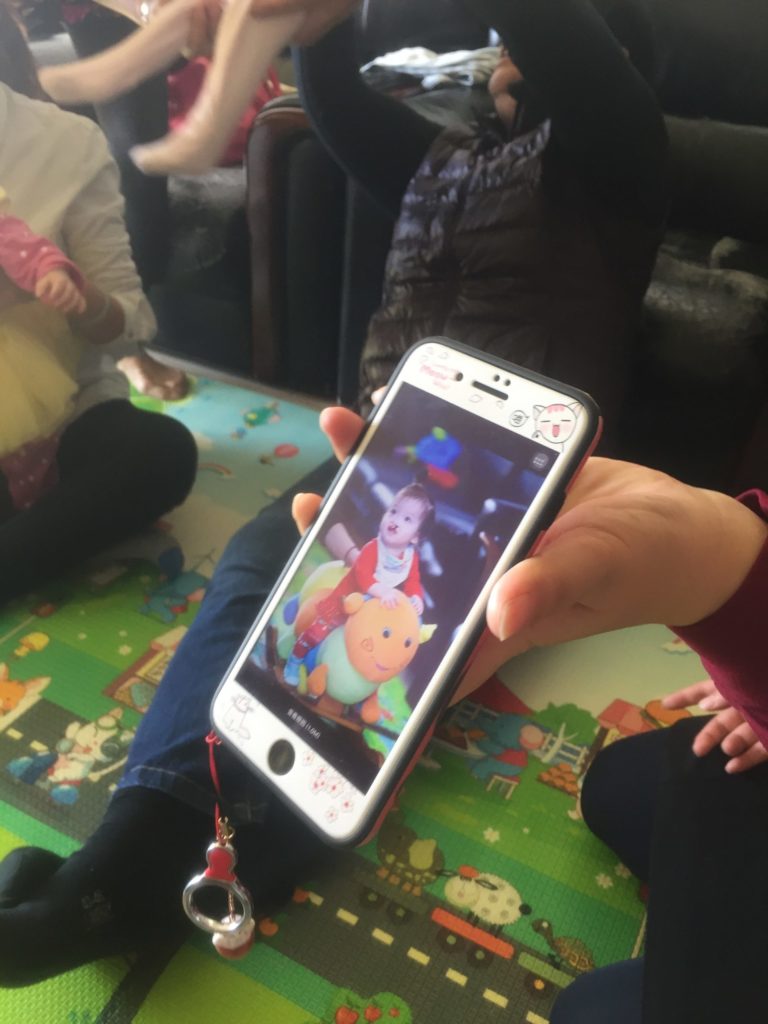
In six months, Xiao will need a second surgery to repair her cleft palate, but until then, she is soaking up the special, attentive care.
Like all children at Peace House, Xiao receives one-on-one, nurturing care. Her nanny is so attentive, Xiao, like most children who stay at Peace House, is developing rapidly. Even children who only stay a few weeks make incredible strides at this home. It’s easy to see why.
The apartment is small — just six rooms total: a large living room with a picture window looking out over the city with a small, industrial kitchen attached. Down a short hall, there’s one staff bathroom and a single bedroom with three sets of bunk beds that all the nannies share. There’s also a small office and the children’s bedroom, where eight cribs fill the tiny bedroom. Unlike most care centers, though, children are only in their cribs when it’s time to sleep. Otherwise, they are playing and exploring in the matted, toddler-safe living room.
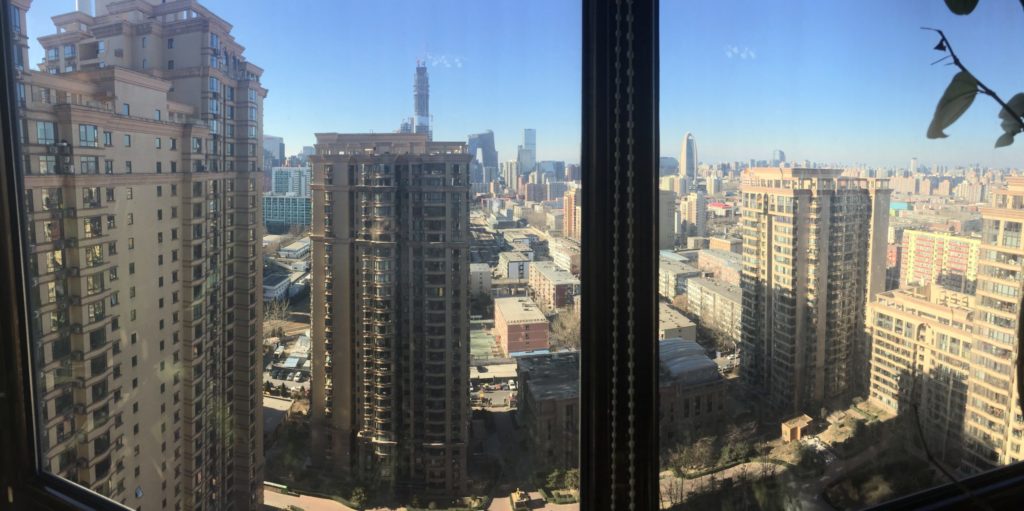
It’s a cozy space, but one that makes it easy to give children round-the-clock care.
When a child cries in the night, their nanny comes to them. When a child goes to a doctor’s appointment, their nanny stays by their side the entire time. And, when they receive surgery, their nanny never leaves their bedside, even if they need to stay in the hospital for several days or several weeks.
“At other orphanages, the ratio of caregivers to children might be 10-to-1 or more,” Sandy says. “Children don’t even cry, because they know that no one will pick them up.”
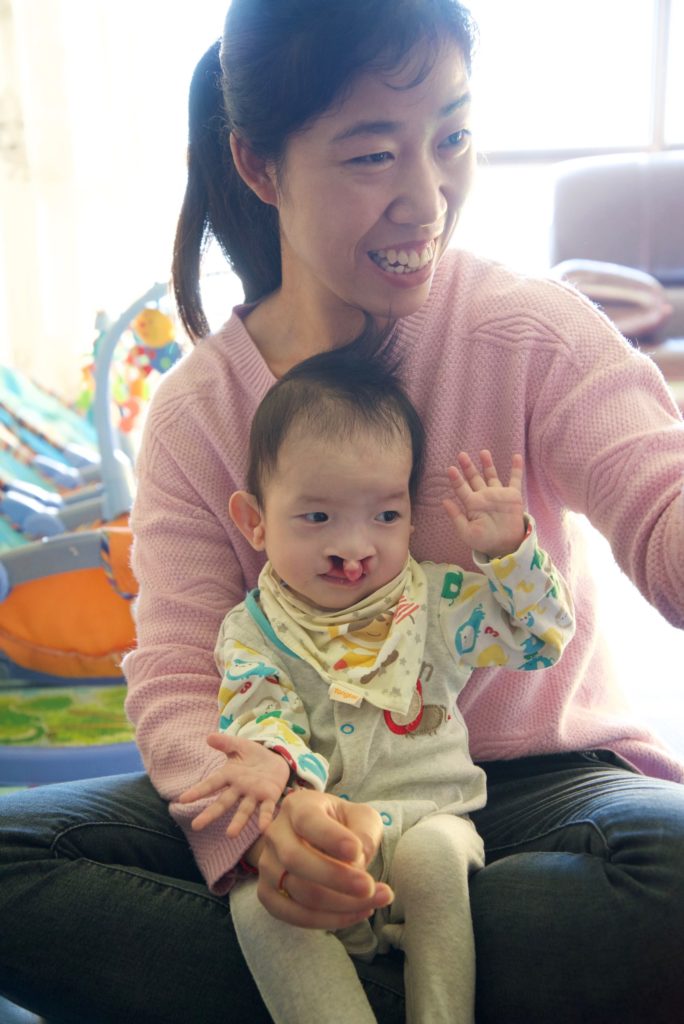
Jiang has been at Peace House for 10 months, but he still isn’t strong enough for surgery. In addition to cleft lip and palate, Jiang also has a congenital heart defect and an underdeveloped throat. He too was born premature, and when he entered Peace House, he was so tiny and weak, his nanny feared for his life.
It may be another six months before he’s strong enough for surgery, but no matter how long it takes, Jiang will be able to stay at Peace House. Sandy says she is excited to watch him grow and change.
“Their personalities change,” she says. “They become more alive. More active. When children first arrive, they don’t even move. But here, there is so much one-on-one stimulation.”
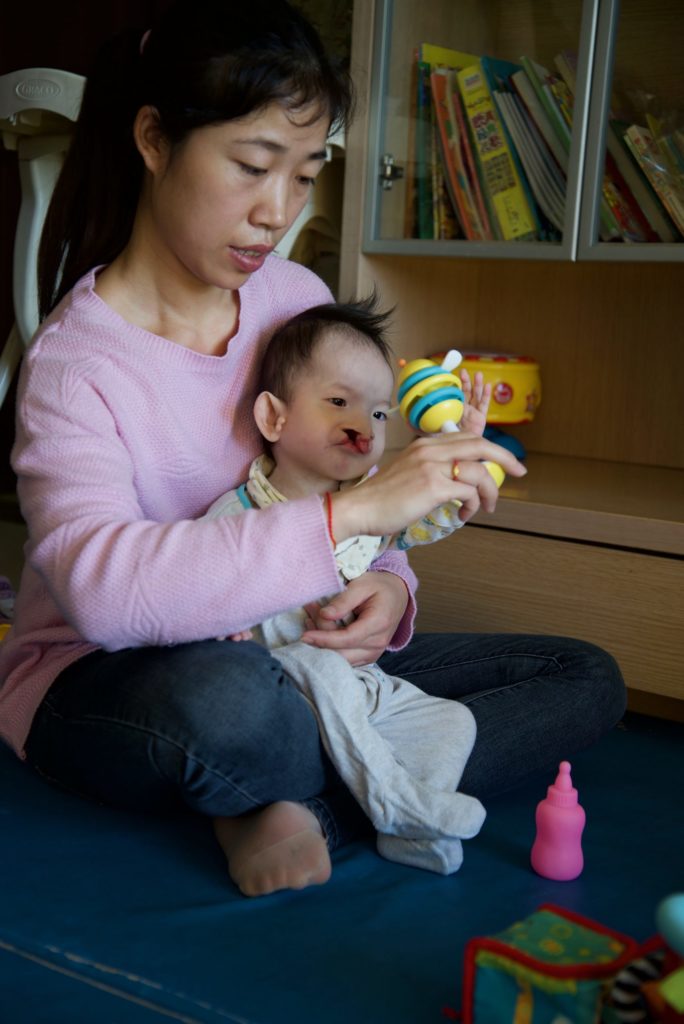
After Jiang’s surgery, he will also receive the best possible Western-style therapy available in Beijing.
Sandy says that when children return to their orphanages after a stay at Peace House, their caregivers don’t even recognize them. They don’t look like the same child.
Sandy says she always hopes that they can find a child a family as soon as possible after their stay in Peace House. She doesn’t want all the progress they make at Peace House to unravel. Typically, children arrive home within a year of their stay at Peace House, but sometimes, American adoptive families will come straight to Peace House to meet their child.
In the Peace House living room, framed images of adoptive families line the top of a tall shelf holding a TV and a display case full of children’s books. Photos of Harry and Bertha Holt, Holt’s founders, dot the walls and a giant photo montage of children spells out “Everything is for the Children” on one whole wall.
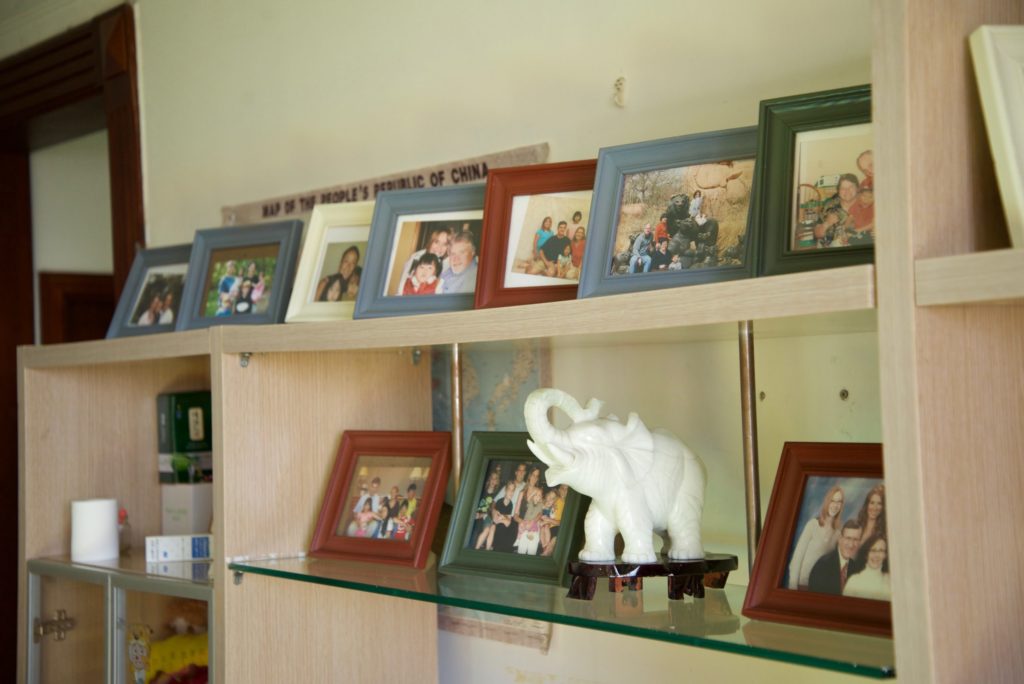
“The adoptive families give us hope,” Sandy says. “They come here and they are so loving. We know the children will have a bright future.”
Peace House is 100-percent donor funded, and care costs upwards of $1,000 per month, per child. At any one time, there could be up to nine children at Peace House, and typically, more than 30-40 children receive care here each year. But for these children, Peace House represents their chance at a normal future.
Early childhood care is critical to ensure a child reaches their developmental milestones. Without proper medical care, physical attention and nutrition, the effects of underdevelopment can be permanent. For a child with special needs, the impact of underdevelopment is even worse. It may strip a child of their chance to join a permanent family. By providing the type of care that children receive at Peace House, orphanages are able to recognize the incredible potential in these children.
Giving orphaned children the best medical care available demonstrates that every child is beautiful when they are loved, that every child is worthy, and that every child deserves a home.
Billie Loewen | Former Holt Team Member
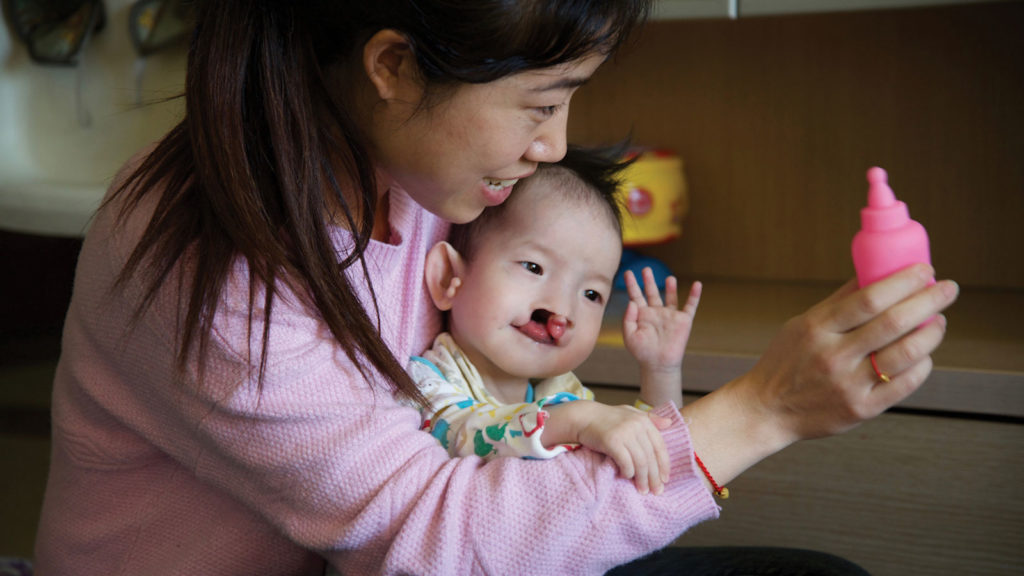
Give to the Molly Holt Fund!
Provide urgently needed medical care to a child in an orphanage with special needs.
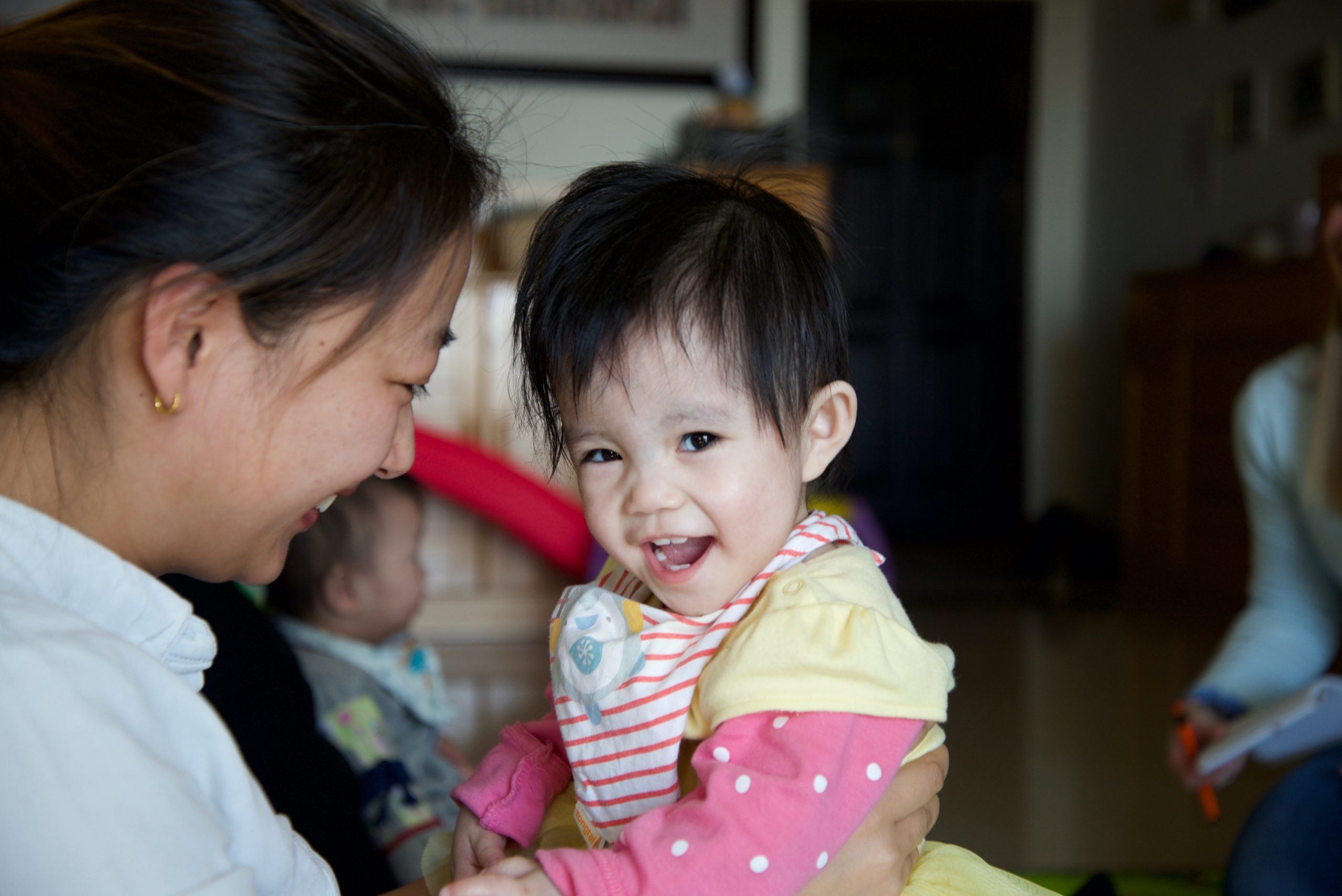
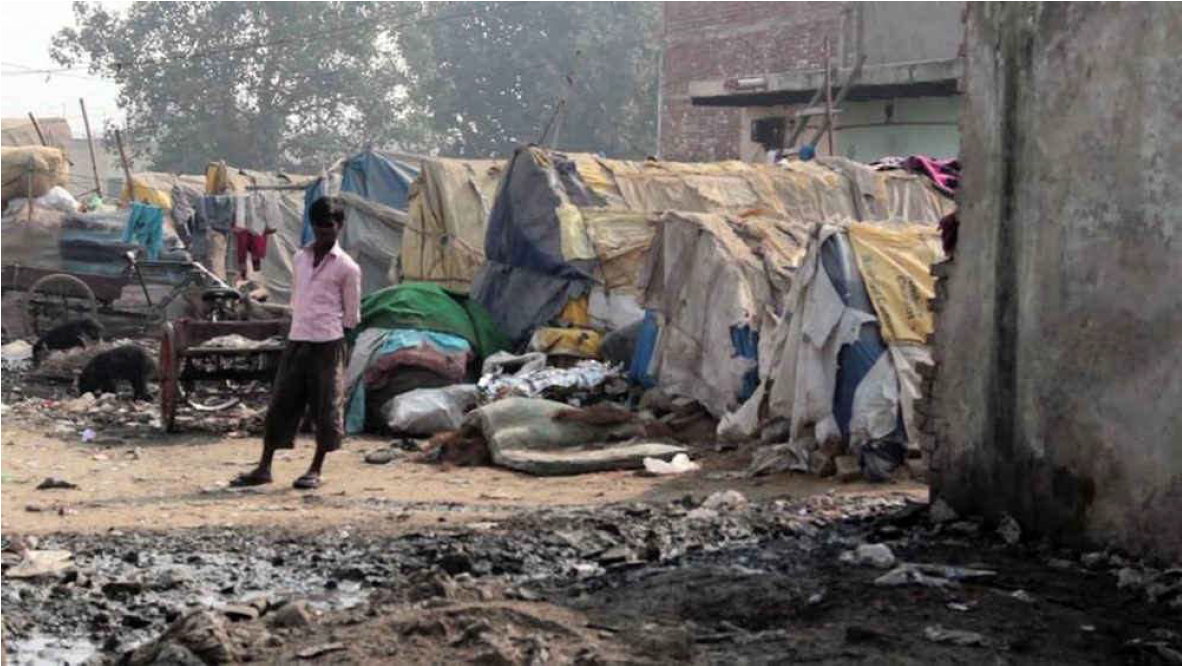

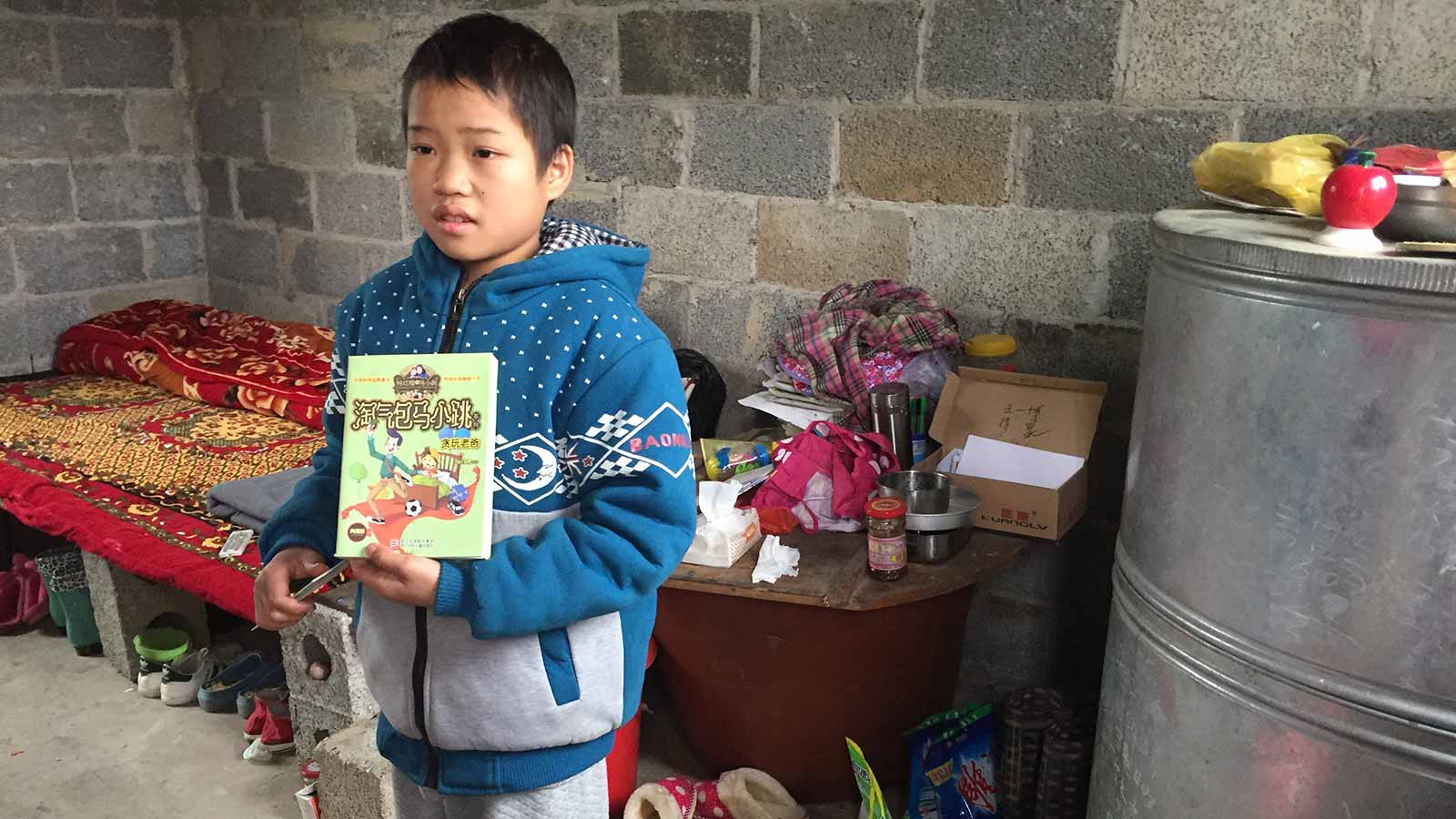


This was an amazing article, and it really, really touched my heart. I want you to know that I will be praying for you and for each precious child you take under your roof and in your arms whenever you come to mind and whenever God puts it on my heart, for funding, love, provision, and workers who will truly love the children like you all do with one mind, heart and soul. God bless you all and the work that your doing, and may God bless each baby and child that He brings to your waiting arms and open door. Love you all and the children! God bless you and keep you.